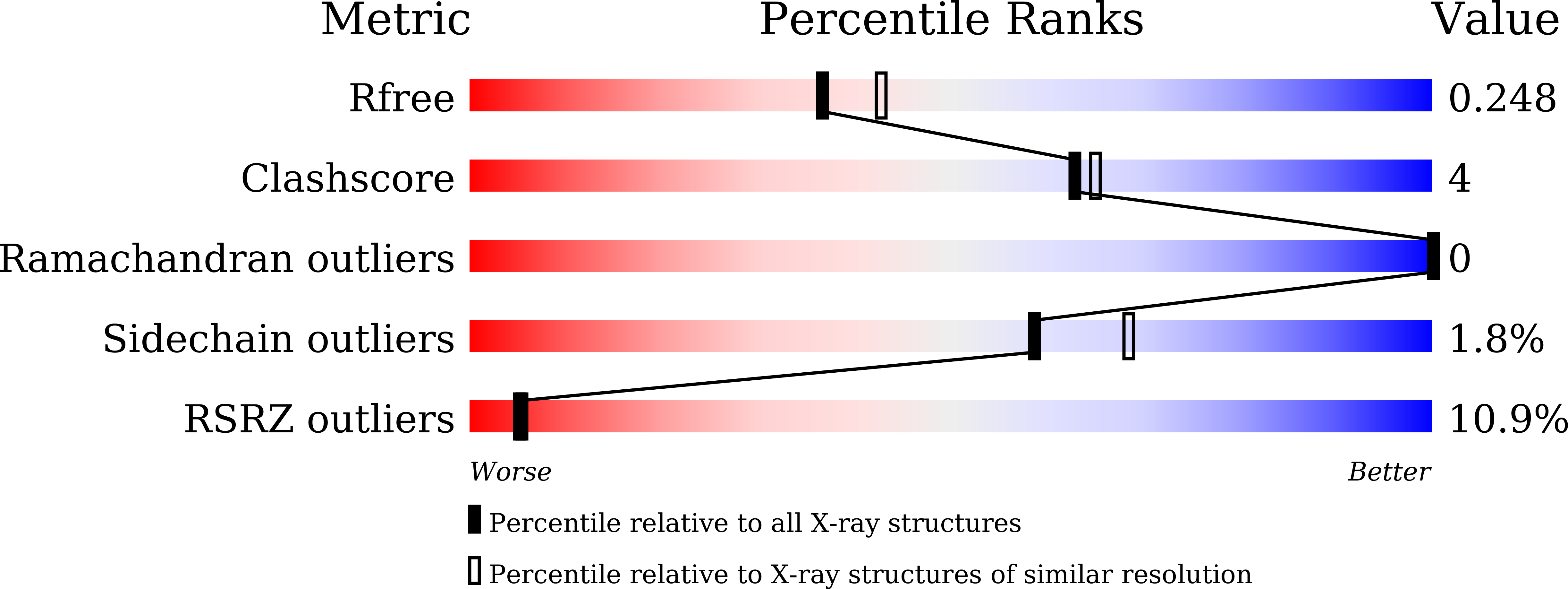
Deposition Date
2021-03-09
Release Date
2021-09-15
Last Version Date
2024-10-16
Entry Detail
Biological Source:
Source Organism:
Prevotella corporis (Taxon ID: 28128)
Host Organism:
Method Details:
Experimental Method:
Resolution:
2.25 Å
R-Value Free:
0.24
R-Value Work:
0.18
R-Value Observed:
0.19
Space Group:
P 21 21 2


